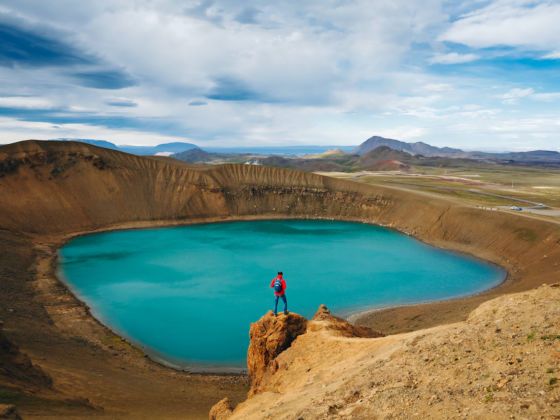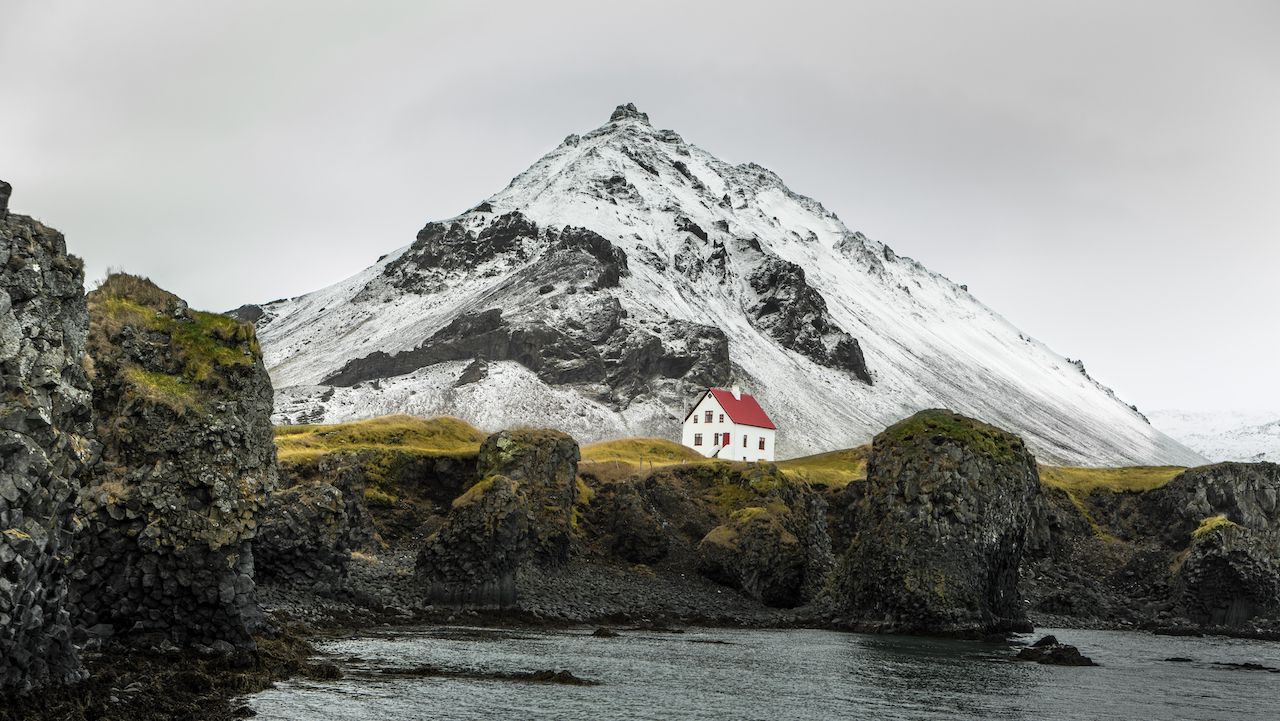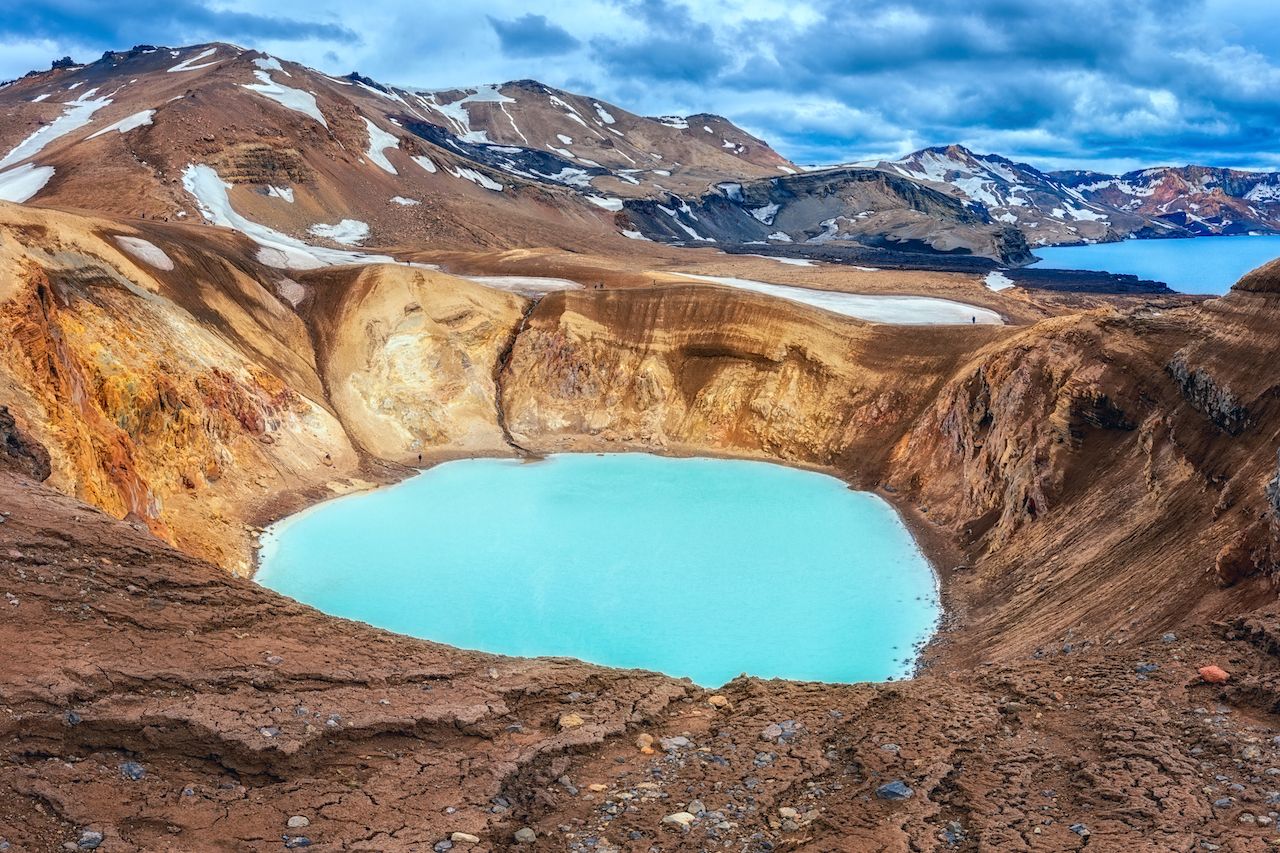Iceland sits on a 25,000-mile crack on the ocean floor. Two tectonic plates — the North American and the Eurasian — are slowly pulling apart from each other, allowing lava to bubble up into the Atlantic. A serious hotspot not only rests under Iceland but created Iceland: Since the Middle Ages, one-third of all the lava on Earth has erupted right here.
There are hundreds of volcanoes dotting this tiny island country, some ancient, some fairly fresh. Around 30 are active, and yes, some of those are open to touring, climbing, or hiking — some of the best are outlined below.







